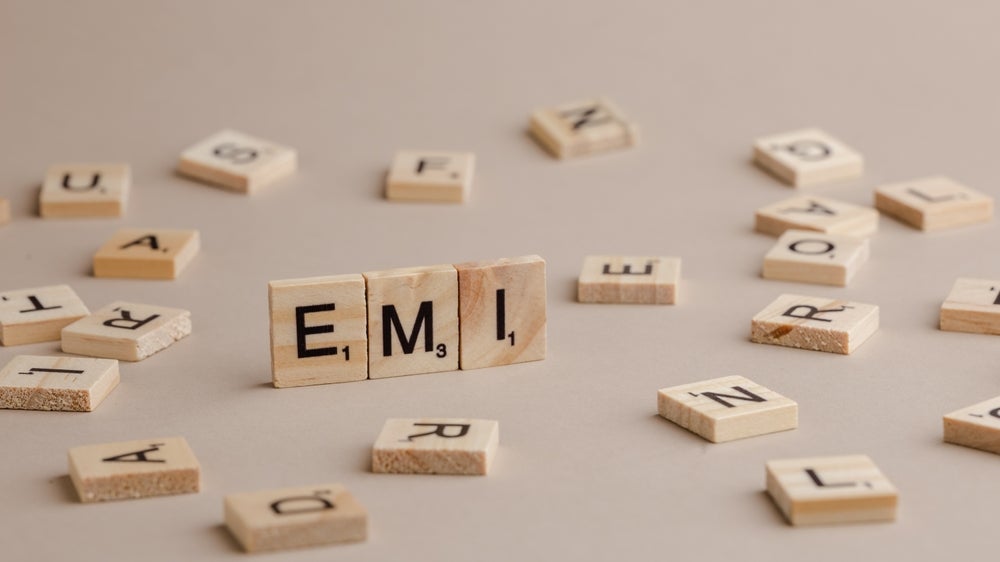The United Services Automobile
Association, the US bank dedicated to providing financial services
to American military personnel and their families, has achieved
instant success since the August launch of its iPhone app which
allows remote cheque deposits. Charles Davis
reports.
Following the runaway success of its mobile banking channel, which
attracted over 800,000 users in the 12 months following its launch
(see RBI 614), the United
Services Automobile Association (USAA) has another distribution hit
on its hands with the successful roll-out of an iPhone application
(app) that allows cheques to be deposited remotely.
For a bank which offers a unique delivery
formula with one branch serving 7.2 million (predominantly
military) customers around the world, innovative ways of serving
its far-flung customers are key to the bank’s success.
According to Jeff Dennes, USAA’s executive
director of mobile and money movement services, its iPhone remote
cheque deposit app is more than a cool use of technology which will
generate a buzz: it is a deposit-grabbing tool which can help drive
organic growth.

As a virtual bank serving military personnel,
USAA is well aware that many of its accountholders hold second
accounts in bricks-and-mortar branches where they live, at least in
part to deal with the issue of cheque deposits and cashing.
How well do you really know your competitors?
Access the most comprehensive Company Profiles on the market, powered by GlobalData. Save hours of research. Gain competitive edge.

Thank you!
Your download email will arrive shortly
Not ready to buy yet? Download a free sample
We are confident about the unique quality of our Company Profiles. However, we want you to make the most beneficial decision for your business, so we offer a free sample that you can download by submitting the below form
By GlobalDataSince its launch on 10 August, USAA has
attracted more than $100 million in deposits from around 55,000
customers via the iPhone while the app has been downloaded more
than 300,000 times.
Dennes argued, most of that money, if not all
of it, is money that would have been deposited in other
institutions.
“The biggest barrier is our lack of physical
presence, and being able to replace that strategic disadvantage
with technology is great,” he told RBI. “We have a remote
banking customer base that is used to this level of innovation and
are just waiting on this kind of service.”
USAA views mobile as a distinct channel, one
particularly well suited for military personnel around the world,
and not merely as an adornment to the online channel.
“We knew it would be popular, because
Deposit@Home, the service we launched in 2006 allowing remote
cheque deposit via personal computers and home scanners, accounted
for 25 percent of our deposits before the launch of the app, but
we’ve been amazed at the pickup so far,” Dennes said.
With the Deposit@Mobile service, customers use
their iPhone’s built-in cameras to photograph each side of signed
and endorsed cheques and then transmit the images to USAA through
the phone. USAA’s systems immediately verify the deposit
information and signatures to complete the transaction. In most
cases, deposited funds are immediately available for use.
In a video demonstration of the service posted
on USAA’s website, a user was able to launch the iPhone
application, snap two photos of the cheque, electronically transmit
the images to USAA and receive verification of the deposit in 1
minute and 45 seconds.
To reduce the potential for fraud, only
customers who are eligible for USAA membership and qualify for a
credit product can use the deposit feature (though they do not
actually have to have a loan). Nearly 70 percent of the financial
company’s customers meet these conditions. The bank also put a
limit of $5,000 in mobile deposits per customer, per day.
With the banking company handling only an
electronic version of the cheque, Dennes said USAA suggests that
people void and file the original paper cheque, or just destroy
it.
The $31.9 billion-asset mutual thrift also
offers two-way text messaging for balance inquiries and similar
functions, in addition to other banking services it already offers
that use web browsers in mobile phones.
Because many USAA members are on active duty
in the military and may not have access to broadband internet
services, the thrift installed software that can detect both the
device a member is using to bank online and the connection speed,
and redirects slower connections to the mobile site.
USAA has made most of the services available
on the standard website available on the mobile site, including
stock trading and customer service functions. Dennes said that the
goal is to serve the customer where they feel most comfortable at
the moment technologically.
USAA employees developed the application at
the company’s research and development lab in California.
While 35 percent of the mutual’s 1 million
m-banking customers use an iPhone, the next m-banking target for
USAA is an expansion of the service to cater for the remainder of
its mobile banking members who use Blackberrys and other
smartphones; Dennes also said a person-to-person mobile payments
product was under development.
“We’re real believers that the mobile age is
here already, and given the market we serve, we can’t wait for
these sorts of products,” he added.
And in an upbeat assessment of USAA’S future
plans, Dennes concluded: “It is going to take a while for the rest
of the industry to catch up with us on mobile banking, because they
don’t have the trusted agent relationship we have with our
customers on this technology issue. There are banks with customers
who want this kind of thing, and then there are our customers, who
truly need mobile service.”




